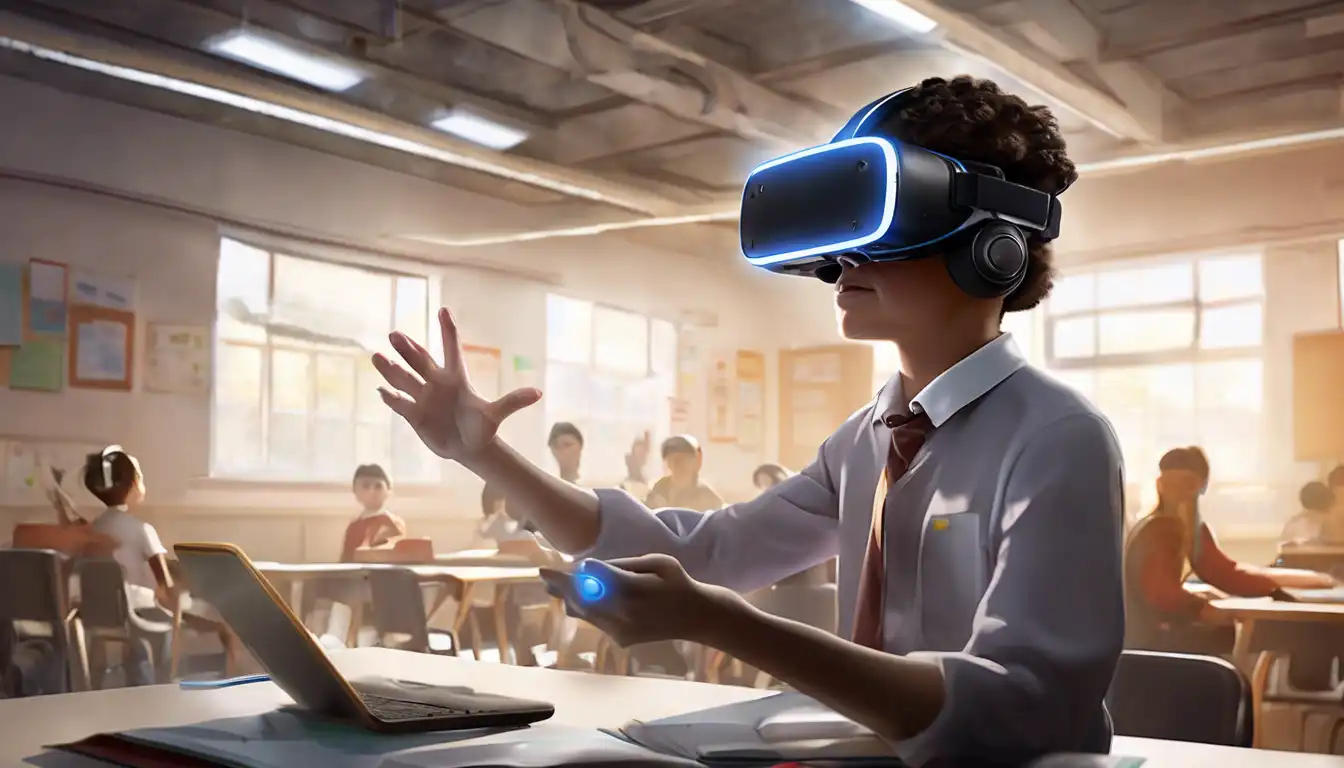The Transformative Impact of Virtual Reality on Learning and Skill Development
Virtual Reality (VR) technology has been making waves across various sectors, but its potential in education and training is particularly noteworthy. By creating immersive, interactive environments, VR offers unparalleled opportunities for experiential learning and skill acquisition. This article delves into how VR is revolutionizing the way we learn and train, offering insights into its benefits, applications, and future prospects.
Benefits of VR in Education and Training
VR technology brings a host of benefits to the educational and training sectors. Firstly, it provides an immersive learning experience that can enhance understanding and retention of complex subjects. For instance, medical students can perform virtual surgeries, gaining hands-on experience without the risks associated with real-life procedures. Similarly, VR can simulate hazardous environments for safety training, allowing individuals to learn how to respond to emergencies without being exposed to actual danger.
Secondly, VR facilitates personalized learning. Learners can progress at their own pace, revisiting challenging concepts as needed. This adaptability makes VR an excellent tool for catering to diverse learning styles and needs.
Applications of VR in Various Fields
The applications of VR in education and training are vast and varied. In the field of medicine, VR is used for surgical training, patient treatment planning, and even in therapy for conditions such as PTSD. In engineering and architecture, VR enables students and professionals to visualize and interact with 3D models of their designs, enhancing creativity and problem-solving skills.
Corporate training programs are also leveraging VR to simulate real-world scenarios, from customer service interactions to high-stakes negotiations. This not only improves skill acquisition but also boosts confidence among trainees.
Challenges and Future Prospects
Despite its potential, the adoption of VR in education and training faces several challenges. High costs and the need for specialized equipment can be prohibitive for some institutions. Additionally, there is a learning curve associated with using VR technology, which may deter some educators and trainers.
However, as technology advances and becomes more affordable, these barriers are likely to diminish. The future of VR in education and training looks promising, with ongoing developments aimed at making VR more accessible and effective for learners worldwide.
In conclusion, VR holds the potential to transform education and training by providing immersive, interactive, and personalized learning experiences. As we continue to explore and innovate, the possibilities are limitless. For more insights into the latest trends in educational technology, check out our article on educational technology trends.
